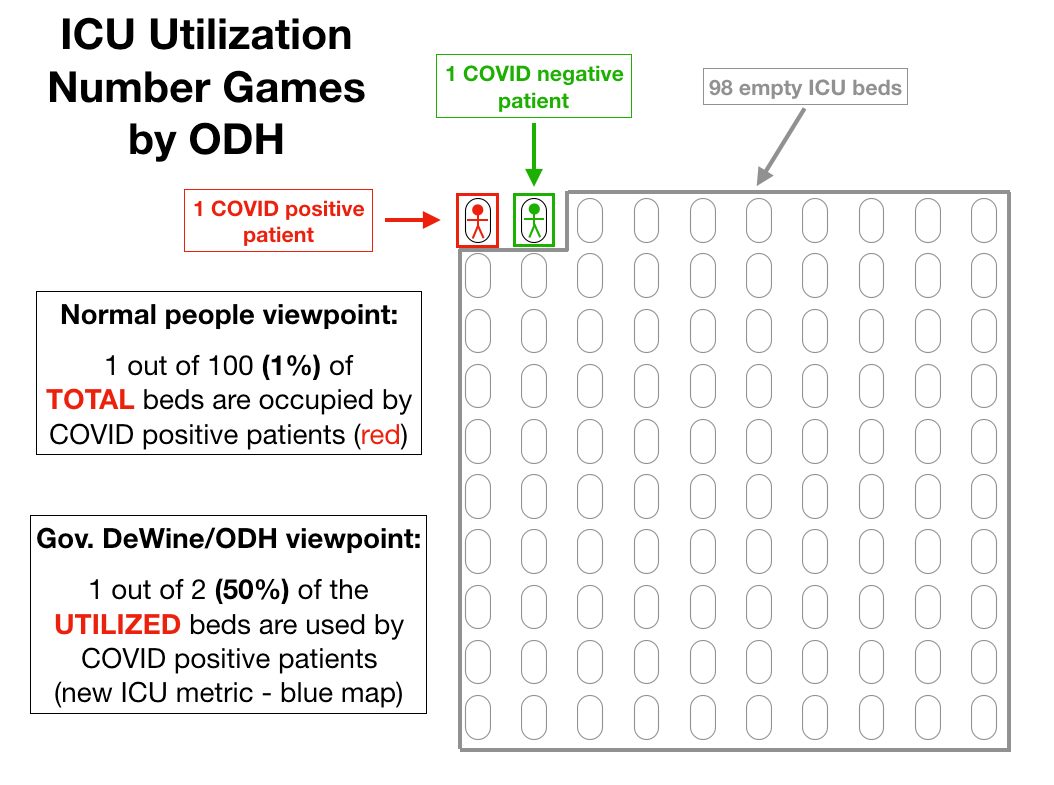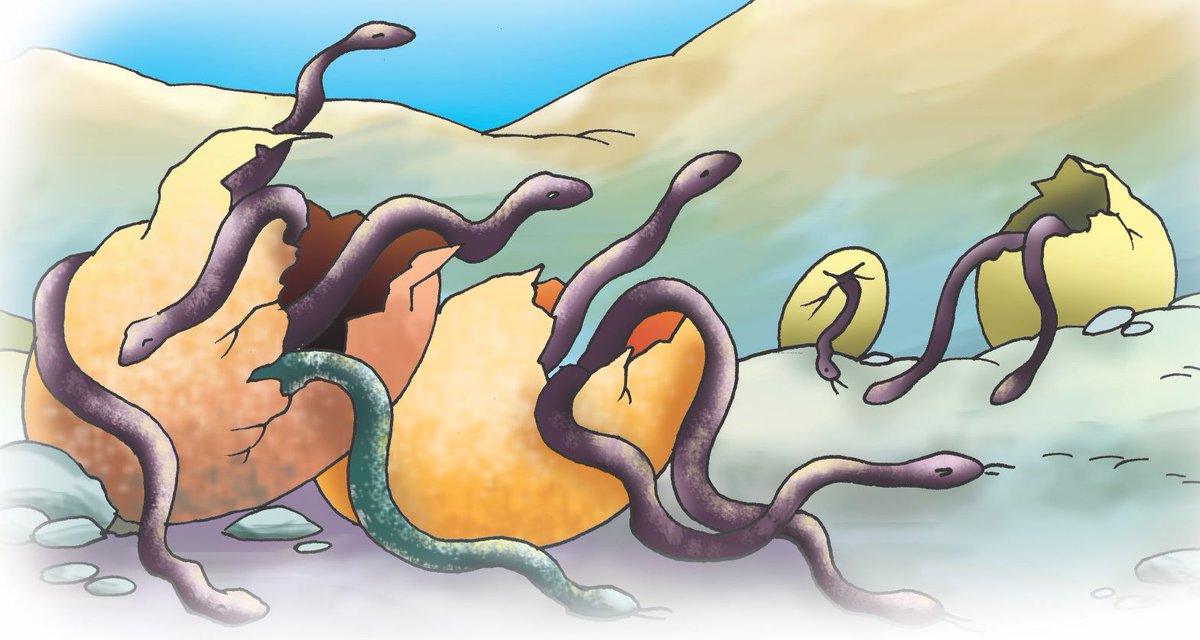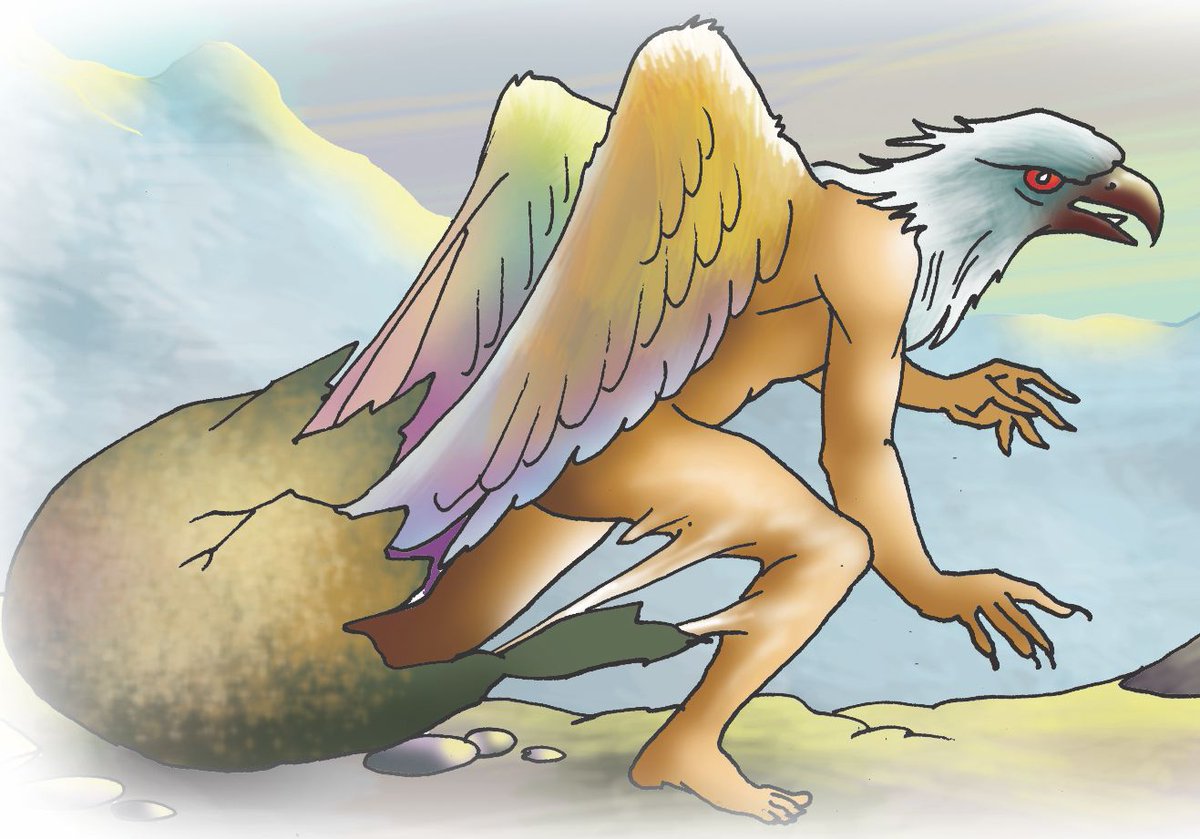2/
One might say that physicists study the symmetry of nature, while mathematicians study the nature of symmetry.
1/
2/
3/
1) Closure: a⊡b is in G.
2) Associativity: (a⊡b)⊡c = a⊡(b⊡c)
3) Identity: e⊡a = a⊡e = a.
4) Inverse: There exists an element a* such that a*⊡a = a⊡a* = e.
4/
5/
then μ: G ⟼ H is a "group morphism" if for all elements of G:
μ(a⊡b) = μ(a)⊠μ(b). Note that for all a:
μ(a)⊠ε = μ(a) = μ(a⊡e) = μ(a)⊠μ(e)
and hence μ(e)=ε; Similarly it can be shown that
μ(a*) = μ(a)*.
- the *Baby Monster*, *B*, of size
2⁴¹ ⋅ 3¹³ ⋅ 5⁶ ⋅ 7² ⋅ 11 ⋅ 13 ⋅ 17 ⋅ 19 ⋅ 23 ⋅ 31 ⋅ 47; and
2⁴⁶ ⋅ 3²⁰ ⋅ 5⁹ ⋅ 7⁶ ⋅ 11² ⋅ 13³ ⋅ 17 ⋅ 19 ⋅ 23 ⋅ 29 ⋅ 31 ⋅ 41 ⋅ 47 ⋅ 59 ⋅ 71.
Counting up the number of distinct primes in that last number gives us 15.
The number of distinct prime factors
in the size, n, of the *Monster Group* M
is
15.
More from Maths
In light of my tweet thread about the category of finite sets and commutative monoids (https://t.co/jnY0wZZbxq), I thought I might try to say what the analogue is for braided monoidal things (although much of this is still somewhat hypothetical).
It's also just kind of a cool combinatorial structure! I've been talking to @CreeepyJoe about this lately, as well as @grassmannian.
The first thing you have to know is that, in a braided monoidal category you can still have commutative monoids. Since a braided monoidal category C has a "twist" map for every object β(x):x⊗x→x⊗x, if x is a monoid you can ask for the following diagram to commute:

Remember that being symmetric monoidal just means that if you take the twist map above and do it twice, you get the identity map, but braided monoidal doesn't mean that. But it's okay! You can still define commutative monoids here.
But so anyway, we can talk about commutative monoids in braided monoidal categories.
So okay, here's a thread on the category of finite sets and a way in which it controls algebraic structure in symmetric monoidal categories. I think it's some really pretty stuff.
— Jonathan Beardsley (@JBeardsleyMath) December 6, 2020
It's also just kind of a cool combinatorial structure! I've been talking to @CreeepyJoe about this lately, as well as @grassmannian.
The first thing you have to know is that, in a braided monoidal category you can still have commutative monoids. Since a braided monoidal category C has a "twist" map for every object β(x):x⊗x→x⊗x, if x is a monoid you can ask for the following diagram to commute:

Remember that being symmetric monoidal just means that if you take the twist map above and do it twice, you get the identity map, but braided monoidal doesn't mean that. But it's okay! You can still define commutative monoids here.
But so anyway, we can talk about commutative monoids in braided monoidal categories.


























